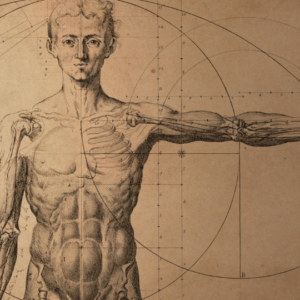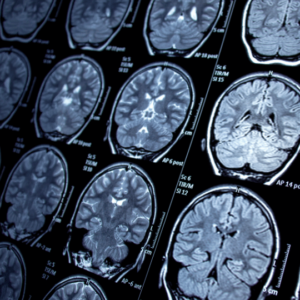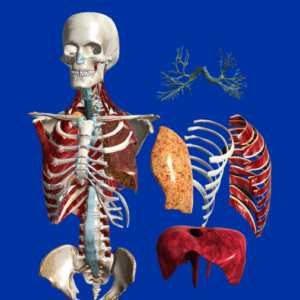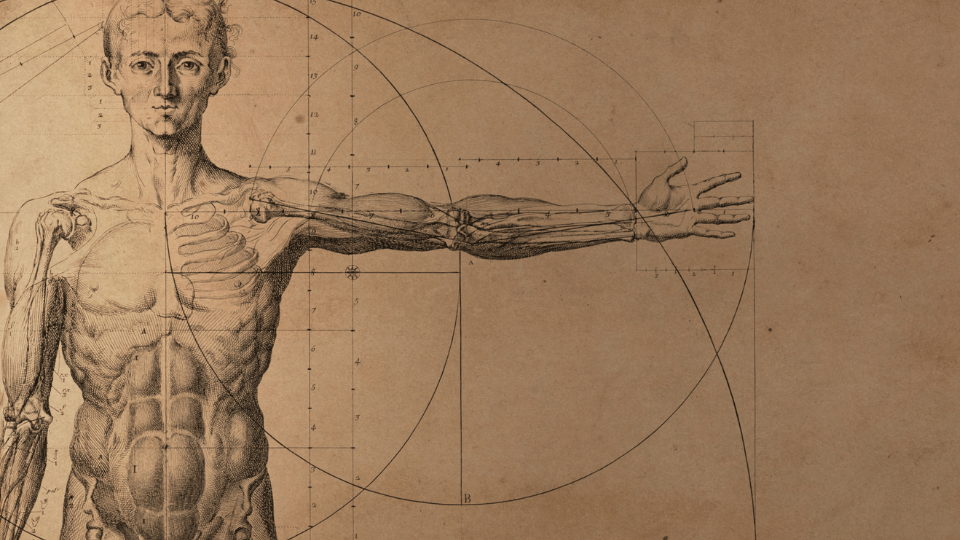The Evolution of Studying the Human Body: From Ancient Times to VIVED Anatomy
The study of human anatomy has been a cornerstone of medical knowledge for centuries. This blog explores the evolution of anatomical study from its ancient roots to the modern era, culminating in the innovative VIVED Anatomy platform.
Ancient Beginnings: Dissecting for Knowledge
The journey begins in ancient Greece and Egypt, where early anatomists like Herophilus and Galen performed dissections, albeit sometimes on animals, to understand the human body. These pioneers set the foundation for anatomical knowledge, despite the many societal and religious constraints of their times.

Renaissance: A New Dawn in Anatomical Understanding
The Renaissance marked a significant leap in anatomical study with figures like Leonardo da Vinci and Andreas Vesalius. Their detailed drawings and dissections brought a new level of accuracy to human anatomy. Vesalius’s “De humani corporis fabrica” was a groundbreaking work, challenging misconceptions and laying the groundwork for modern anatomy.
Furthermore, VIVED provides interactive quizzes, allowing students to test their knowledge and receive instant feedback. This active learning approach has been shown to improve retention and understanding. According to a study by Science Direct, interactive 3D tools significantly enhance students’ understanding of complex anatomical structures.
19th Century: Formalizing Anatomy Education
The 19th century saw anatomy become a formal part of medical education. Medical schools with cadaver dissections became standard, allowing students to gain hands-on experience. This era also saw the rise of pathological anatomy, linking disease with physical changes in the body.

20th Century: Technological Advancements
Advancements in imaging technologies like X-rays, MRI, and CT scans in the 20th century provided non-invasive ways to study the body, revolutionizing diagnostic medicine and anatomy education.

21st Century: The Digital Revolution with VIVED Anatomy
Enter VIVED Anatomy, a state-of-the-art digital platform that transforms how we learn anatomy. With its interactive 3D models, students can explore the human body in unprecedented detail. This tool bridges geographical and resource gaps, making anatomy education accessible and engaging. It’s a game-changer for students and educators alike, offering a dynamic and immersive learning experience.
Conclusion: The Evolution of Studying the Human Body, From Ancient Times to VIVED Anatomy
The study of human anatomy has come a long way from its ancient origins. Today, platforms like VIVED Anatomy represent the pinnacle of this evolutionary journey, offering interactive, detailed explorations of the human body. This digital revolution in anatomy education is not just a leap forward but a testament to the enduring human quest for knowledge and understanding of ourselves.
At VIVED Learning, we empower students and teachers with innovative, interactive STEM resources. Our platform contains over 1000+ fully dissectible 3D models, across STEM subjects such as Anatomy, Chemistry, Engineering, Biology and more.
Book a call with our expert team today to learn how VIVED can boost your students engagement and learning outcomes!
Like this blog? Check out our blogs on the best STEAM learning resources and study apps!





